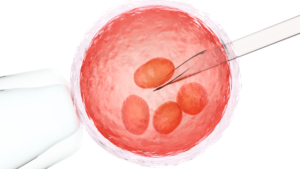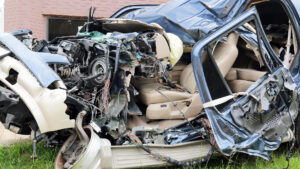What Is A Stowers Demand
Navigating through the intricacies of a car accident case can be a daunting task. Amid the array of legal procedures and terms, one concept that frequently arises is the “Stowers Demand.” But what does this term mean, and how can it influence the outcome of a car accident case? Let’s look closely.
Insurance companies in car accident cases never voluntarily do the right thing until and unless you force them to do what's right
Augustus Corbett Tweet
The Stowers Demand originates from a landmark Texas Supreme Court case in 1929: G.A. Stowers Furniture Co. vs. American Indemnity Co. It presents a unique legal strategy employed to potentially compel an insurance company to settle a claim. This demand essentially places an insurer in a risky situation: if they refuse a reasonable settlement offer within the policy limits and the court later awards a larger amount, the insurer may have to cover the excess amount.
In a car accident, the injured party (plaintiff) will typically issue a Stowers Demand to the at-fault party’s insurance company. The demand must meet specific requirements. It should offer to release the insured from liability in exchange for a sum of money (usually, the policy limits). Also, it must give the insurer a reasonable time to respond (generally around 30 days), and the insurer should be in a position to settle. If the insurance company fails to accept a reasonable offer within the policy limits, it may be exposed to liability exceeding the policy limit. This situation is often termed as “Stowers exposure.”
The Purpose of the Stowers Demand
The Stowers Demand is primarily to encourage the resolution of a claim without resorting to protracted litigation. It acts as a protective mechanism for claimants to ensure that insurers act in good faith and do not undervalue their injuries. Our team of injury attorneys has written hundreds of Stowers Demand that encourage the insurance company to take your case seriously.
For example, let’s say you were involved in a car accident and suffered damages amounting to $150,000. However, the at-fault party’s insurance policy limit is only $100,000. Your attorney might then send a Stowers Demand to the insurance company, offering to settle for the policy limit of $100,000. If the insurance company rejects this demand and the case goes to trial, where a jury awards you $150,000, the insurer might be liable for the entire amount, not just the policy limit.
When Does Stowers Doctrine Apply
While the Stowers Demand provides a strategic advantage for plaintiffs, it isn’t applicable in all cases. For the Stowers doctrine to apply, liability and damages must be clear. In other words, it should be reasonably clear that the insured party was at fault and that the injuries suffered by the plaintiff exceed the policy limits.
Note that the Stowers Demand isn’t a universal concept across the United States. While the principle of insurer liability for excess judgments is recognized in many jurisdictions, each state may apply different rules and standards. Thus, the effectiveness of a Stowers Demand will depend on the specific laws of your state.
A skilled car accident attorney can help assess whether a Stowers Demand might be an effective tool in your case. Therefore, if you have been injured in an accident at no fault of your own, it’s imperative to consult with an experienced attorney who understands the complexities of this legal strategy. Our firm will fight hard to get you justice.
Conclusion
In conclusion, the Stowers Demand plays a crucial role in car accident cases, serving as a legal lever to encourage insurance companies to settle reasonable claims. Although it presents a potential risk to insurers, it also works as a protective measure for claimants, ensuring that they are not shortchanged by insurance companies. Understanding the Stowers Demand can be key to achieving a fair resolution in a car accident case.





